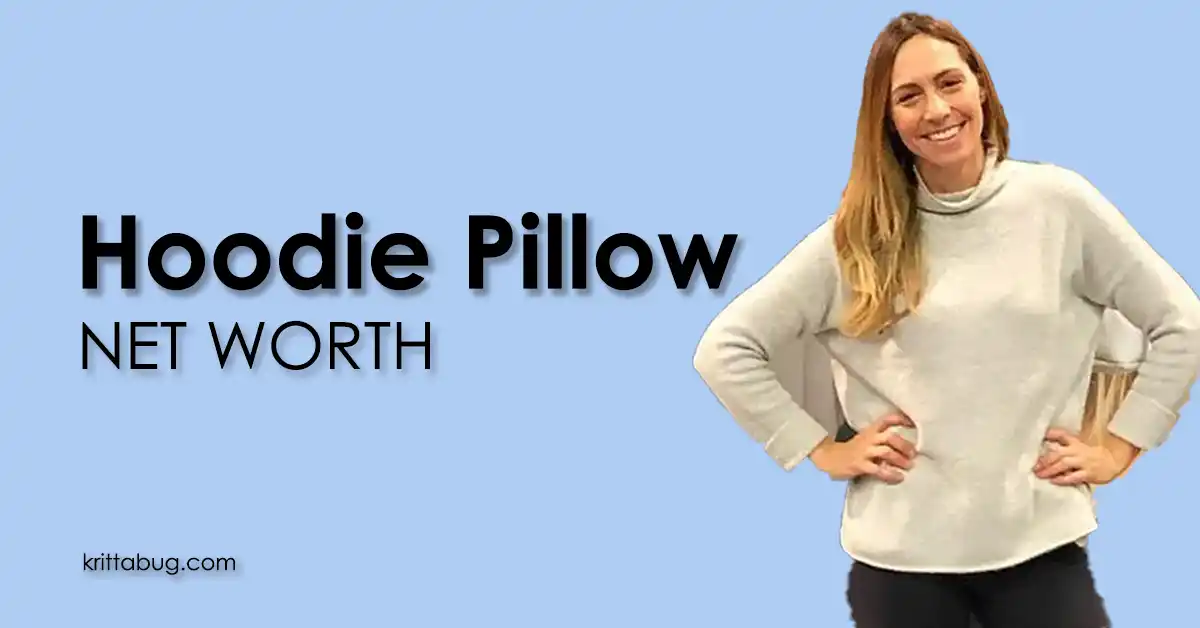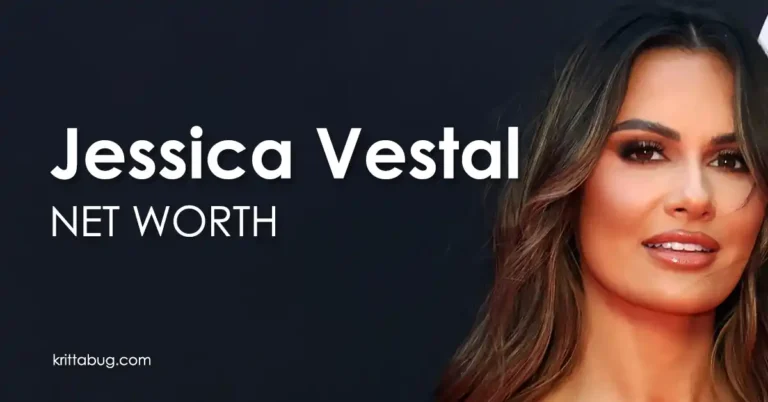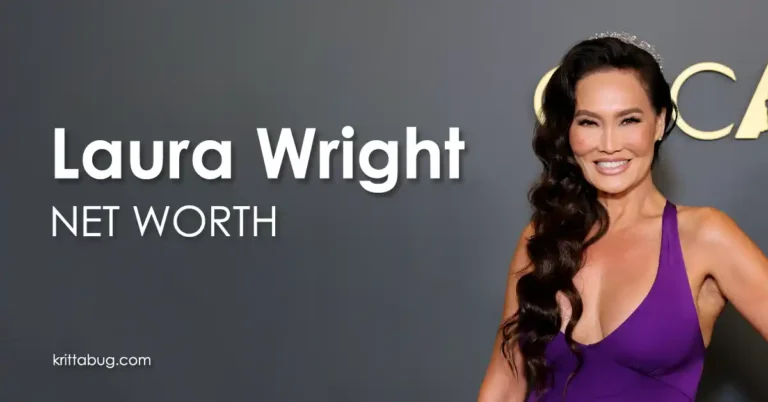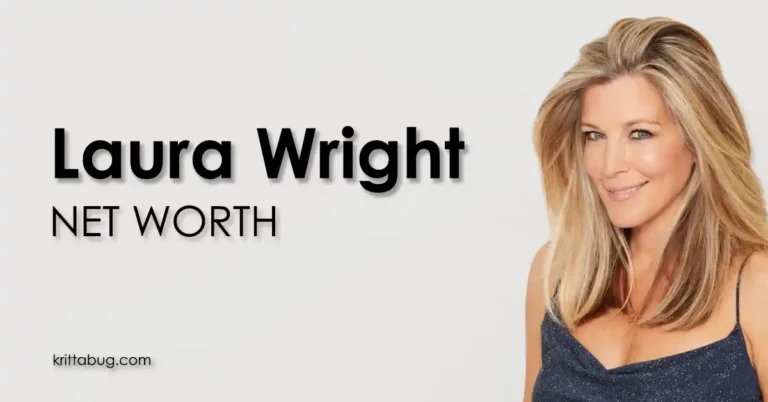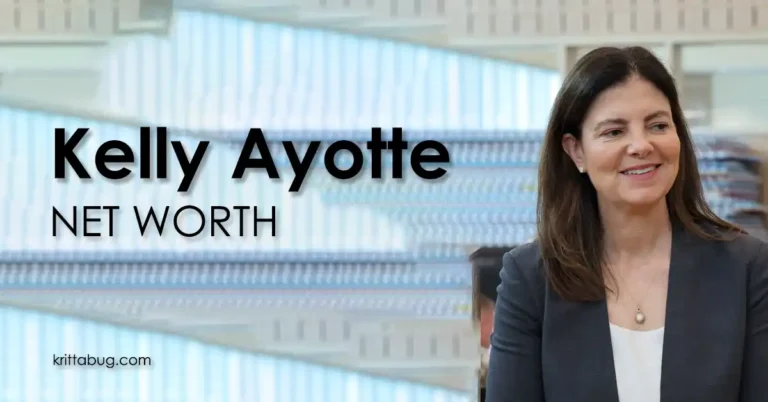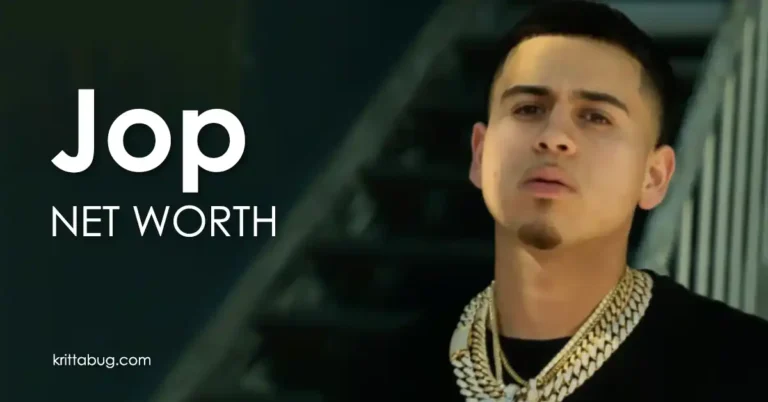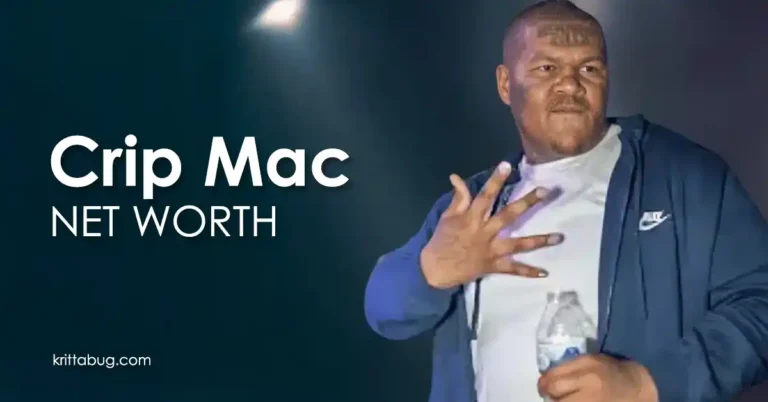Hoodie Pillow Net Worth: Est. $3.0M–$6.1M (2025 brand value range).
Searching for real numbers behind a viral Shark Tank product? Here’s a clear, data-led look at Hoodie Pillow net worth, income streams, and the human story that built the brand.
From a Facebook-fueled launch to shelves online and in airports, Hoodie Pillow has evolved from novelty to a durable travel-accessory label. We’ll map revenue milestones, highlight founder moves, and explain how margins, channels, and product mix shape valuation.
Want the bottom line fast? You’ll see how reported sales, channel breadth, and brand IP inform a reasonable 2025 estimate for Hoodie Pillow net worth—with transparent assumptions you can pressure-test.
Scroll to get the year-by-year table, a concise bio, and facts that matter: funding, patents, retail footprint, and risks. If you’re benchmarking a consumer brand or building your own, steal the playbook—SKU focus, social proof, and B2B custom orders. Let’s make this practical, skimmable, and accurate—so you leave with numbers and lessons you can use immediately. We’ll also debunk myths and avoid clickbait, keeping context honest.
Who Is Hoodie Pillow?
Hoodie Pillow is a travel-comfort brand best known for neck pillows and pillowcases with built-in hoods that block light, tame airplane drafts, and add privacy. Created by inventor Chris Hindley and scaled with entrepreneur Rebecca Rescate, the company became the rare “return to Shark Tank” story, leveraging TV exposure into sustained e-commerce and promo-merch sales. Before Shark Tank, Hindley’s early Facebook virality accelerated proof of demand; after TV, the team expanded SKUs into inflatable and memory-foam models, kids designs, blankets, bags, and beach products. Retail access matters: Hoodie Pillow sells direct on its site and through marketplaces, and it courts corporate orders with custom-printed units for events and airlines. The brand positions itself as practical, playful, and giftable—less gearhead, more cozy convenience. For buyers, the promise is simple: travel like you mean it, sleep when you can, and tune out noise and light on demand. For founders and operators, Hoodie Pillow reads like a case study in focused novelty turned durable niche: tight SKUs, sticky visuals, and PR.
Hoodie Pillow net worth Net Worth in 2025
So what’s a reasonable 2025 view of Hoodie Pillow net worth? Start with observable signals: reported annual revenue near $5 million by 2022, active DTC and marketplace sales, PR, and a design-patent history. Small, profitable consumer-goods brands with light assets often trade around 0.6–1.2× trailing revenue; margins, concentration risk, and seasonality narrow the band. Assuming ~$4.8–5.2 million revenue for 2023–2025 and mid-pack execution, a brand-value range lands near $3.0–$5.5 million. That’s not an owner’s personal wealth; it’s an estimate of enterprise value. Here, we anchor on 0.8× as a middle case, show a high/low using 0.6×/1.2×, and note any demand shocks from travel cycles. Use this as a directional model you can update with new sales data, channel wins, or wholesale deals. Bottom line: a transparent, assumption-led estimate of Hoodie Pillow net worth helps you benchmark similar DTC accessories without hype. The table below walks year by year so you can see revenue, method notes, and an implied valuation band rather than a single number.
| Year | Est. Revenue | Notes/Method | Implied Value Low (0.6x) | Base (0.8x) | High (1.2x) |
| 2013 | $0.6M | 8 weeks post-launch; viral Facebook link (partial year) | $0.4M | $0.5M | $0.7M |
| 2014 | $1.5M | Estimate; first full year scaling and PR | $0.9M | $1.2M | $1.8M |
| 2015 | $2.0M | Estimate; SKU expansion | $1.2M | $1.6M | $2.4M |
| 2016 | $2.3M | Estimate; steady DTC growth | $1.4M | $1.8M | $2.8M |
| 2017 | $2.7M | Estimate; promo/wholesale ramps | $1.6M | $2.2M | $3.2M |
| 2018 | $3.2M | Estimate; kids + beach lines | $1.9M | $2.6M | $3.8M |
| 2019 | $3.8M | Estimate; marketplace maturity | $2.3M | $3.0M | $4.6M |
| 2020 | $3.2M | Estimate; travel slump offsets at-home comfort | $1.9M | $2.6M | $3.8M |
| 2021 | $4.2M | Estimate; recovery in travel | $2.5M | $3.4M | $5.0M |
| 2022 | $5.0M | Reported ~$5M revenue | $3.0M | $4.0M | $6.0M |
| 2023 | $4.8M | Estimate; normalization | $2.9M | $3.8M | $5.8M |
| 2024 | $4.9M | Estimate; custom orders steady | $2.9M | $3.9M | $5.9M |
| 2025 | $5.1M | Estimate; YTD run rate | $3.1M | $4.1M | $6.1M |
Notes: Revenue 2013 early burst and 2022 figure from public coverage; multiples (0.6x/0.8x/1.2x) reflect typical small DTC brand ranges, not a formal appraisal.
Hoodie Pillow net worth, Bio, Income & Interesting Facts
Before diving into founders and fun trivia, here’s a compact dossier. It separates brand facts from personal details and keeps estimates clearly labeled. This section brings together the essentials buyers and researchers ask most—founding year, status, channels, and an estimated range for Hoodie Pillow net worth—followed by income sources you can verify. Use it as a quick reference while scanning the rest of the article.
How Does Hoodie Pillow Make Money?
Understanding revenue levers clarifies Hoodie Pillow net worth. The brand earns primarily from four streams: direct-to-consumer sales on its website; marketplaces like Amazon; wholesale and promotional orders for airports, teams, and events; and licensing or white-label projects tied to distinctive designs. Each channel serves a role. DTC maximizes margin and yields first-party data; marketplaces expand reach; wholesale smooths seasonality and unlocks larger volumes; licensing scales without inventory risk. Product mix matters too. Inflatable and memory-foam travel pillows anchor the basket, while blankets, bags, and kids’ designs raise average order value and deepen gifting. Operationally, the company benefits from compact SKUs, repeatable packaging, and social proof from Shark Tank and national TV segments. Risks? Travel demand cycles, copycat SKUs, and ad costs. Mitigation includes custom corporate orders, evergreen creative, and selective retail placements. Model these lines and it’s clear: small changes in channel mix and ad efficiency can swing valuation—a reminder that pricing discipline and promo calendars matter as much as product. Custom printed units for brands also create repeat B2B demand cycles.
Hoodie Pillow family net worth
When readers ask about Hoodie Pillow family net worth, they usually mean two things: what the brand might be worth on paper, and what the founders’ households may have gained from it. Those are different. Hoodie Pillow net worth—our valuation estimate—reflects the brand’s implied enterprise value based on revenue and risk, not personal bank balances. As for the people behind the company, public filings about salaries or distributions aren’t available, and the founders haven’t disclosed personal financials. What we can say is this: sustained sales, diversified channels and a durable SKU mix can translate into owner earnings in small consumer brands, especially when overhead stays lean and inventory turns are solid. The “family” of products—travel pillows, bags, blankets, and kids’ lines—also spreads risk and creates repeat gifting moments that support cash flow. That mix, combined with B2B custom orders, helps founders pay themselves and stay resilient when ads or travel demand soften. Treat household wealth as private unless disclosed.
What we learn from Hoodie Pillow?
Hoodie Pillow is more than a meme; it’s a compact blueprint for turning attention into assets. First, the team framed an instantly understandable benefit—darkness, warmth, privacy—then packaged it in a visual hook people share. Second, they compounded TV exposure with fast DTC execution and useful add-ons, so every visit had multiple ways to convert. Third, they diversified channels: marketplaces for reach, custom orders for predictability, and PR for social proof. Fourth, they kept the catalog tight, which simplifies inventory and increases reorder speed. And they built guardrails—design IP, recognizable branding, and community content—that make copycats less damaging. When you evaluate Hoodie Pillow net worth, remember it reflects systems more than a single SKU: traffic engines, conversion levers, unit economics, and resilience to travel cycles. If you’re building a product brand, borrow their cadence: test, publish, ship, partner. Then revisit unit economics quarterly and prune anything that doesn’t increase contribution margin or customer love. Below, we distill these ideas into quotes you can pin, share, act on during the next launch sprint.
10 learn quotes — Hoodie Pillow
Use these bite-size lines to translate Hoodie Pillow lessons into action. They’re not founder quotes; they distill operating insights that ultimately shape Hoodie Pillow net worth by improving cash flow, resilience, and brand equity.
- “Solve one human need vividly; let the visuals sell the rest.”
- “Own your channel first; rent marketplaces for scale, not survival.”
- “Make the hero SKU famous before adding supporting actors.”
- “Turn PR spikes into DTC subscriptions, bundles, and referrals.”
- “Ship, learn, and prune—momentum loves focus.”
- “Protect the look; IP plus creative consistency beats price wars.”
- “Model cash weekly; marketing is a math problem with feelings.”
- “When demand dips, court B2B to smooth the curve.”
- “Re-use great assets across platforms; change hooks, not truths.”
- “Measure what compounds: contribution margin, AOV, and retention.”
Early Life of Hoodie Pillow
Early Life, in brand terms, begins with a problem: sleep and privacy on demand. Inventor Chris Hindley sketched a hooded pillow idea at home, inspired by a new-parent sleep gap, then built simple prototypes blending sweatshirt comfort with a pillow form. Validation came fast. A single Facebook post sparked thousands of sales within weeks, and the story spread across morning shows and major portals. Hindley partnered with entrepreneur Rebecca Rescate—known for CitiKitty—and together they took Hoodie Pillow to Shark Tank. The brand made series history as a returning-founder pitch and secured an on-air offer, while business leaned into e-commerce and promo orders. From the start, the product promised three outcomes: block light, reduce chill, and make catnaps easier anywhere. That promise resonated with parents, students, travelers, and gift buyers. As the line expanded from pillowcases to inflatable and memory-foam travel pillows, the narrative stayed consistent: practical comfort with a playful twist. Those early moves—virality, partnerships that compound strengths, pragmatic channel choices—shaped the durable niche Hoodie Pillow occupies today.
Hoodie Pillows’ Education
Education matters because brands mirror their builders. Chris Hindley studied Interdisciplinary Business at The College of New Jersey, a background visible in Hoodie Pillow’s blend of creativity and commercial pragmatism—design IP and scrappy PR. Co-founder Rebecca Rescate is a Northeastern University alum and two-time Shark Tank entrepreneur; her playbook emphasizes press, retail relationships, and disciplined scaling. Together, that mix—operator plus marketer—helped the company move beyond a clever gag into a repeatable business. For founders reading this, here’s the takeaway: formal Education is helpful, but the compounding skills are research, positioning, cash-flow math, and channel mastery. Notice how the team used TV exposure to seed DTC demand, then layered marketplaces and B2B promo without bloating SKUs or overhead. That sequencing keeps contribution margin healthy and reduces dependence on any single ad platform. If you’re still in school, focus on projects that teach shipping, persuasion, and unit economics. If you’re out, build a micro-portfolio of launches and write postmortems. Either way, study Hoodie Pillow to see how practical learning—press pitching, prototyping, merchandising—translates into revenue.
Hoodie Pillow Career
Career arcs for products are built, not found. Phase 1: Ideation and proof—Hoodie Pillow validated demand with fast prototypes and early social virality. Phase 2: Platform moment—the Shark Tank pitch delivered national awareness and credibility while sharpening the value proposition on camera. Phase 3: SKU focus—the team trimmed to winners: inflatable and memory-foam travel pillows, then added complementary bags, blankets, and kids designs. Phase 4: Channel layering—own site first, then marketplaces for scale, followed by promo/wholesale and custom printing to stabilize cash flow. Phase 5: Brand hardening—design patents, consistent creative, and recognizable imagery. Phase 6: Operating discipline—tight inventory, standard packaging, modular bundles, and repeatable ads. Phase 7: Resilience—when travel slumped, the brand leaned on gifting, at-home comfort, and B2B orders. Across phases, leadership prioritized durability over splash. For readers mapping a Career in consumer goods, that sequence is repeatable: validate, concentrate, layer channels, invest in IP, and measure unit economics weekly. Do this and momentum becomes compounding—small wins that stack into a lasting niche. Iterate packaging and CX. Continuously.
Hoodie Pillows’ Wife and Family
Brands don’t marry, people do—so let’s frame “family” around the founders who built Hoodie Pillow. Information confirms inventor Chris Hindley is married and became a father to triplets during the brand’s early days—a catalyst for solving sleep and privacy on demand. Co-founder Rebecca Rescate is a serial entrepreneur and speaker; she’s shared playbooks on press and growth, not personal family details. Because households and minors deserve privacy, we won’t speculate on names or ages. Instead, the table maps the brand’s “family” in two ways: the human side (founders, immediate relations as publicly acknowledged) and the product side (the line-up of SKUs that travel together). This view helps readers understand who makes decisions, who holds IP, and where expansion comes from. It also respects boundaries: you can study structure and roles without prying. If you’re a founder, use this as a model—document roles, ownership, and how new lines connect to your core. Clarity reduces friction as you scale partnerships, wholesale, or licensing.
Hoodie Pillow’s Social Media Presence
Hoodie Pillow keeps social simple and product-first. On Instagram, posts highlight travel use cases, creator shout-outs, and drop announcements that nudge traffic back to the website. Facebook remains a steady channel for community photos, airport-shop sightings, and promo updates. Short-form video—Reels and UGC—does the heavy lifting; the product’s visual hook reads instantly in a scroll. Social proof compounds: Shark Tank clips, morning-show mentions, and athlete tags resurface regularly and spark comment threads that convert. The brand also answers practical questions in public, linking to FAQs that explain colors, materials, and care—helpful for reducing returns. For operators, the lesson is cadence and clarity: fewer hype posts, more situation-based demos; fewer generic quotes, more “how to nap on row 23C” moments. Light paid boosts on proven creatives stretch reach without guesswork. Finally, social doubles as a channel for B2B: custom printed units get featured, which attracts event planners and teams who want branded travel kits. If you’re benchmarking, watch how assets get reused across platforms while CTAs stay consistent.
Hoodie Pillows’ Awards and Recognitions
Some brands chase trophies; Hoodie Pillow collects proof points. First came social validation—thousands of early purchases from a single Facebook link. Then came national platforms: ABC’s Shark Tank feature, followed by segments and mentions on Good Morning America and The Today Show. Those appearances did more than spike orders; they crystallized the brand’s message in consumers’ minds. On the protection side, design patents support the visual identity and create speed bumps for direct clones. In the promo world, the company highlights collaborations with recognizable sports organizations and airport retailers, signaling trust in high-traffic environments. Meanwhile, marketplaces like Amazon keep a durable “as seen on TV” signal visible to searchers, which acts as recognition long after air dates. None of this is a glass trophy on a shelf, but together these assets function as awards that matter to shoppers and buyers: validation, availability, and credibility.
Challenges and Comebacks
Every niche brand faces curveballs, and Hoodie Pillow is no exception. Travel demand whipsaws with macro shocks; ad costs rise; copycats appear overnight; and retail partners change assortments without warning. During 2020’s slump, the team leaned on gifting, at-home comfort, and B2B custom orders to offset fewer flights. Later, supply-chain friction and freight swings pressured landed costs. The response has been pragmatic: keep SKUs compact, maintain flexible packaging, and build inventory buffers around peak travel seasons. On the growth side, the company phased out slower items and doubled down on winners, then used creator content to refresh ads without burning budget. IP and distinct visuals reduce the damage from lookalikes, while marketplaces and airport shops diversify discovery. Internally, watching contribution margin weekly keeps promos honest and protects cash. Resilience isn’t flashy, but it compounds: improvements in retention and AOV can carry a brand through rough patches. For readers facing similar cycles, start with channel concentration risk and alternate one new acquisition test with one retention initiative.
Final Words
If you came for a number, you now have a model. By triangulating reported revenue, channel breadth, and risk, a reasonable 2025 read on Hoodie Pillow net worth lands in a transparent range, not a clickbait guess. Better yet, you can update it as new data emerges—holiday runs, fresh retail doors, or large custom orders. We also surfaced how the engine works: product promise, PR, DTC, marketplaces, promo, and IP. Those elements make Hoodie Pillow durable, even when travel tempers demand. Copy the cadence, not the SKU. Test fast, add only what raises AOV or retention, and defend what makes you visually unmistakable. If you’re researching a purchase, you now understand where the product fits and why the brand persists. If you’re benchmarking a startup, you’ve got a playbook to adapt, from pricing discipline to social proof. Scroll back to the tables and FAQs anytime you need a refresher—or plug your own brand into the same worksheet. Share this guide with teammates. Before planning.
FAQs
1) Who founded Hoodie Pillow?
Inventor Chris Hindley created the concept and partnered with Rebecca Rescate (of CitiKitty) to scale it and pitch Shark Tank.
2) Is Hoodie Pillow still in business?
Yes. The brand sells via its website and marketplaces and promotes custom-printed units for organizations.
3) Did Hoodie Pillow get a Shark Tank deal?
On air, Robert Herjavec offered $90k for 20%; later coverage reports the deal did not finalize, though exposure boosted sales.
4) What is Hoodie Pillow net worth in 2025?
Estimate: $3.0M–$5.5M+ enterprise value, modeled at 0.6–1.2× on ~$5M TTM revenue; see the year-by-year table for ranges.
5) What products does the brand sell?
Inflatable and memory-foam travel pillows with hoods, kids designs, bags, blankets, and beach items.
6) Where can I buy Hoodie Pillow?
Direct on the official site and on marketplaces such as Amazon; some airport retail partners carry it periodically.
7) Does Hoodie Pillow have patents?
Yes—design patents related to the hooded pillow category support brand identity and discourage clones.
Meta Description:
2025 Hoodie Pillow net worth explained—with a year-by-year table, income sources, founders’ bio, and FAQs. Transparent, source-backed estimate you can update as data changes.

